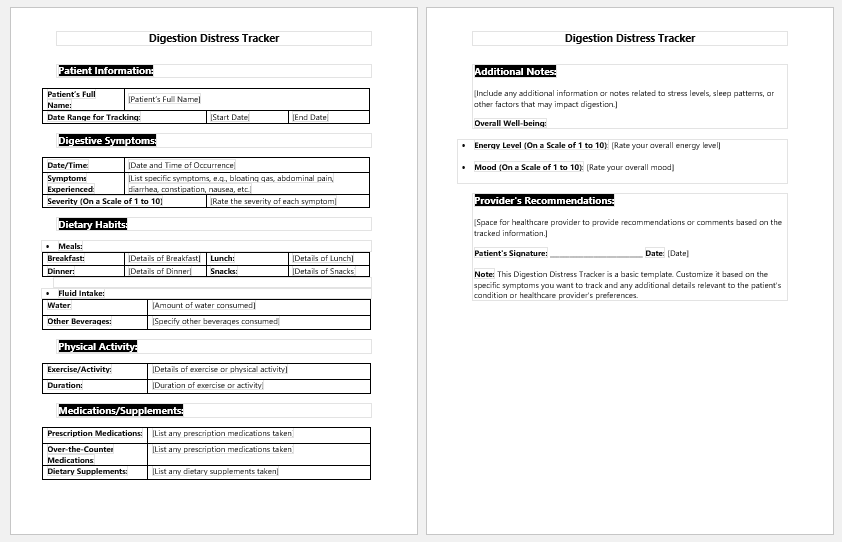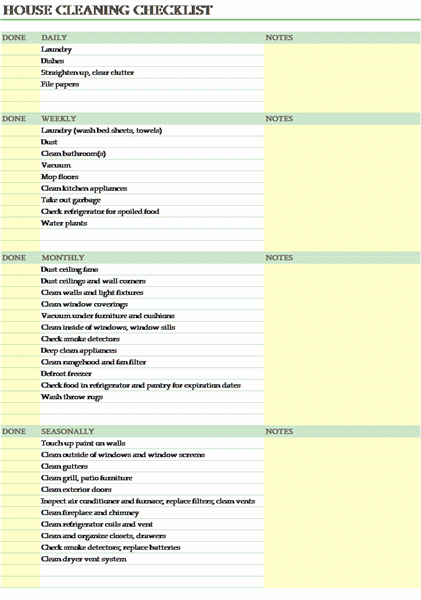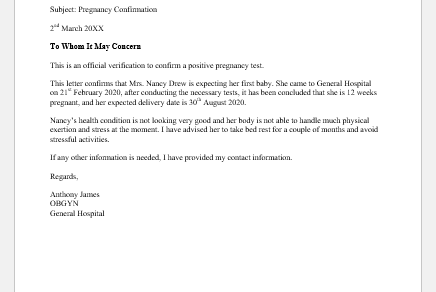Our digestive system is composed of complex functions. These functions are performed by different parts of the digestive system controlled by the local nervous system, central nervous system, and hormones.
The local nerve supply of the digestive system is through the myenteric and Meissner’s plexuses, which are part of the autonomous nervous system. The central nervous system also plays a vital role as a control center for all commands and through nerve supply from the vagus and some spinal nerves. The hormonal system is one of the strongest and most well-developed systems in the digestive tract. These hormones function at a microlevel and are effectively controlling the normal functions of the digestive tract.
All these systems work in coordination and collaboration for a perfect and error-free digestive system that absorbs useful substances and excretes harmful substances from our bodies. So, the function of detoxification is also going side by side.
Any problem in the normal digestive functions of this system results in clinical manifestations. Any change in diet or problem at the cellular or nerve level brings about major changes in the normal routine and functioning of the digestive tract. Our emotional state is one of the strongest factors which can lead to digestive distress or malfunctions.
Digestive distress, as the name indicates, is the improper functioning of a routine digestive phenomenon. Normally, the digestion of food occurs as a result of several events happening in each part of the track. For example, digestion and absorption mostly take place in the small intestine at a certain speed, and if it is disturbed by any means, the absorption is affected, and a person may suffer from diarrhea.

Clinical features of Digestive distress
There are several classical signs and symptoms of digestive disorder or digestive distress. The most common signs of digestive distress are as follows;
- Beginning in the esophagus and stomach, esophagitis is the most common digestive distress and manifests as heartburn, especially retrosternal burning. Esophagitis can also occur because of gastric reflux. This condition is called reflux esophagitis, and it also manifests as epigastric and retrosternal burning. Gastric burning is also a series of similar underlying mechanisms.
- Abdominal pain and cramps are the most commonly presented problems in the outpatient and indoor patient departments. It is also one of the clinical features of digestive distress. Abnormal movements of the small or large intestine manifest as abdominal cramps. It can also occur because of pancreatitis or gallstones, but the site is the hypochondrium in that case.
- Flatulence is one of the most uncomfortable signs of digestive distress. It occurs in several conditions, with indigestion being the most common cause. Other symptoms of digestive distress disorder are alternative constipation and diarrhea, nausea, vomiting, and headaches.
Digestive distress tracker
As mentioned earlier, digestive distress appears in many diseases of the digestive tract, including stress. To make a proper diagnosis and manage the symptoms efficiently, one needs to keep track of these symptoms. The special focus should be on the food we eat.

- Nursing Documentation Templates
- Mental Health Evaluation Forms
- Forms Used by Pediatricians
- Various Forms Related to Pregnancy Verification
- Common Forms Used by ENT Specialists
- Pain Diary Worksheet Template
- Forms Commonly Used by Old Age Homes
- Medical Treatment Consent Form
- Home Exercise Program Worksheet
- Forms Used for Mental Health Assessment
- Forms Used by Psychologists
- Medical Forms Commonly Used by/for Students
- Assessment Consent Form
- Forms Used by an Anesthesiologist
- Not Fit to Fly Certificate Template


